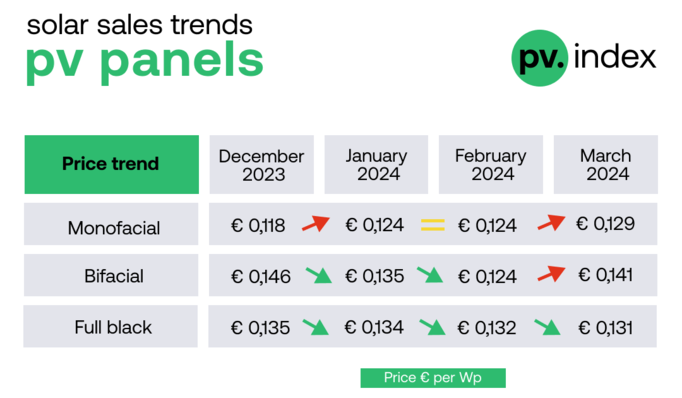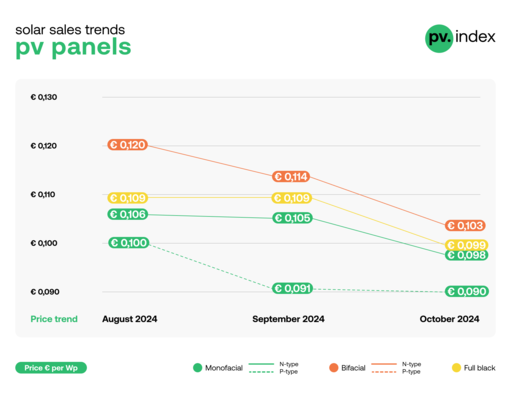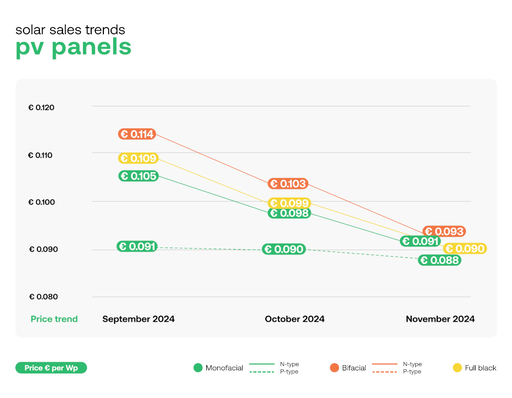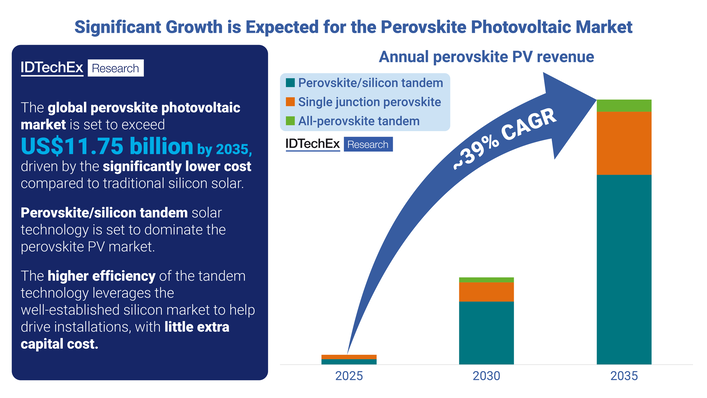Some experts call them AC panels. The downside is their high cost. AC conversion is the most expensive component of the power electronics and having it at each panel increases the necessary investment compared to string installations or DC optimisers. Also, the panels produce 220 volts AC, compared to the 31.5 volts of a DC optimiser.
There is a greater risk of a dangerous electric shock in case faulty wiring. And: Alternating current does not work well with lead or lithium storage batteries, which are charged up by direct current.
The advantages: None of the DC wiring is necessary, as the solar panels can directly supply AC power to the consumers. The alternating current from the solar panels is collected in a ring circuit. However, before it can be connected to the grid, it needs to be synchronised to the grid frequency, usually through small control units. (HS)
Look at this, too:
Solar advice: Use DC optimizers for shading!
Stay informed, get our newsletter twice a week: Register here.
Solar inverters: keep up with the latest product news.
Find useful products for solar generation here.
Find useful products for solar energy storage here.
Find useful products for e-mobility here.







